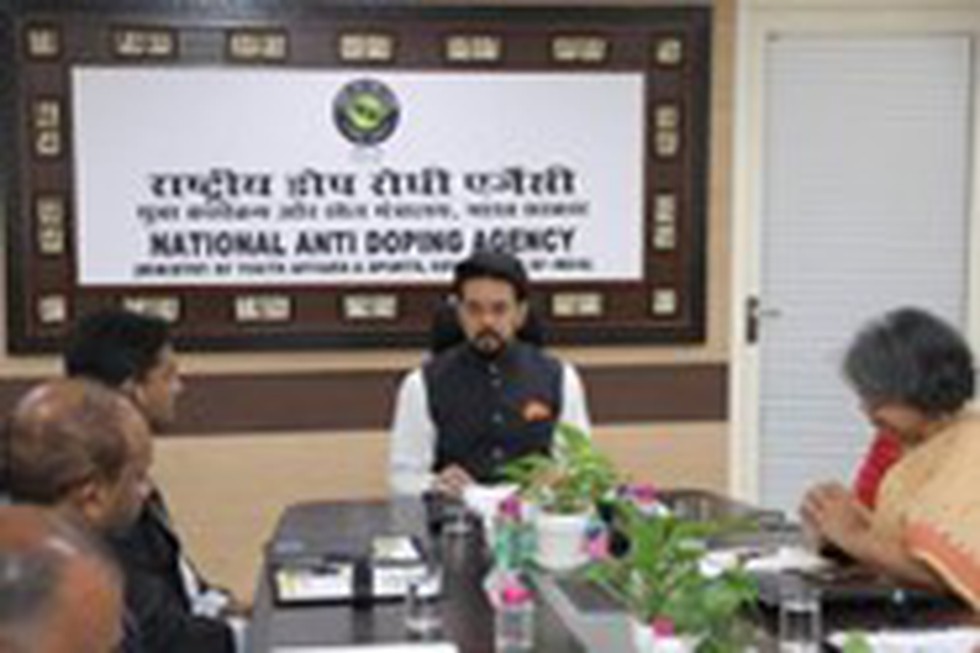About South Asia Regional Anti-Doping Organization (SARADO):
- It was formed on 16th May 2007 in the South Asian Anti-Doping Program Project Development Meeting held in Maldives.
- Member countries: Bangladesh, Bhutan, Maldives, Nepal and Sri Lanka.
- Mission: To promote and co-ordinate the fight against doping in sport in all its forms in among South Asia RADO member countries.
What are the objectives of the recent MoU?
- The MoU, through the project plan and areas of cooperation, aims to fulfil the following objectives over a period of three years:
- Developing an anti-doping education & prevention program in South Asia;
- Training & upskilling sample collection personnel, educators & other anti-doping education officers;
- Organizing courses, seminars, workshops, research & exchange tours on anti-doping education & prevention;
- Facilitating exchange of education officers, program managers, trainers, teachers and specialists on anti-doping education & prevention.
- Supporting anti-doping education activities and exchanging services of experts.
Key Facts about NADA
- It was established by the Government of India, with the objective of acting as the independent Anti-Doping Organization for India having a vision of dope-free sports.
- It was set up as a registered society under the Societies Registration Act of 1860 on November 2005.
- The primary functions of NADA are as under:
- To implement the Anti-Doping Code to achieve compliance by all sports organizations in the Country.
- To coordinate dope testing program through all participating stakeholders.
- To promote anti-doping research and education to inculcate the value of dope free sports.
- To adopt best practice standards and quality systems to enable effective implementation and continual improvement of the program.
